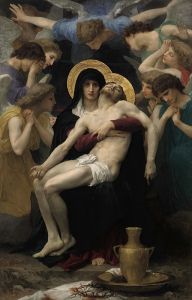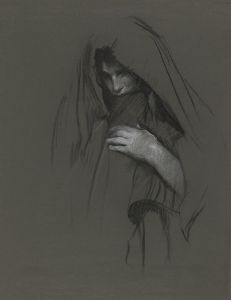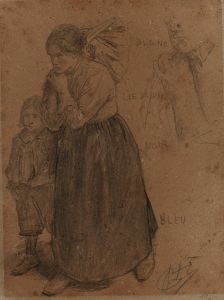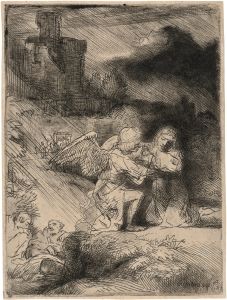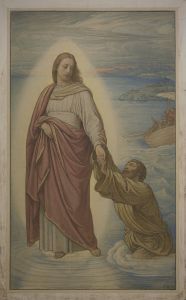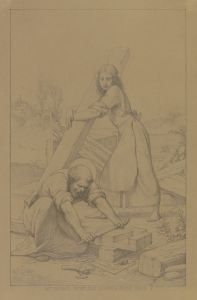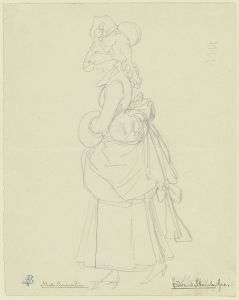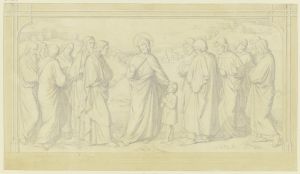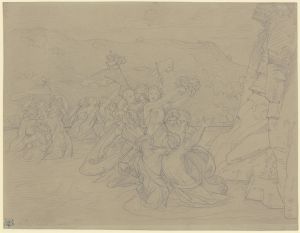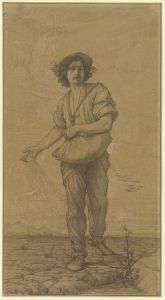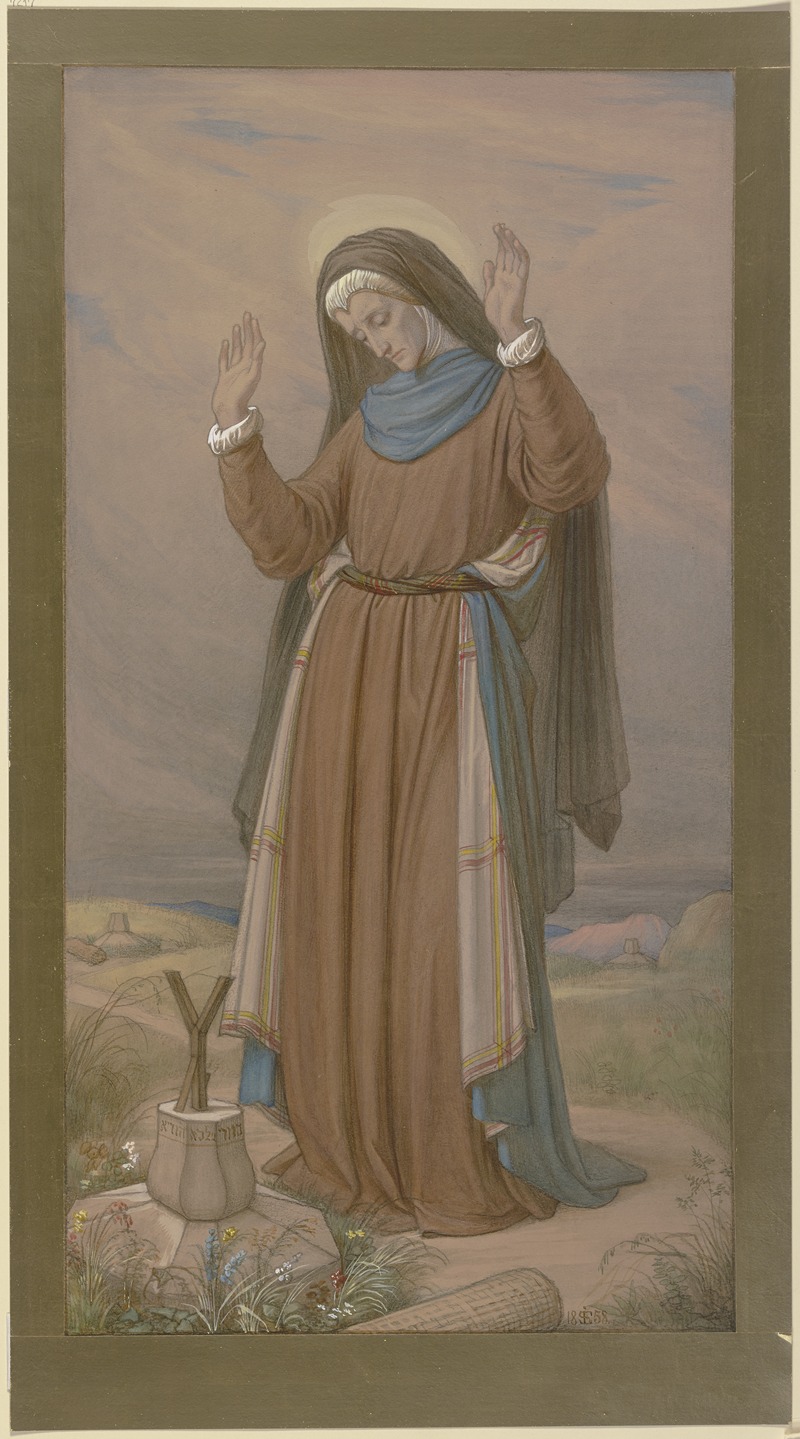
Maria, die Schmerzensreiche, am Kreuzweg wandelnd, den die Jünger mit Kreuzen bezeichnet hatten
A hand-painted replica of Eduard von Steinle’s masterpiece Maria, die Schmerzensreiche, am Kreuzweg wandelnd, den die Jünger mit Kreuzen bezeichnet hatten, meticulously crafted by professional artists to capture the true essence of the original. Each piece is created with museum-quality canvas and rare mineral pigments, carefully painted by experienced artists with delicate brushstrokes and rich, layered colors to perfectly recreate the texture of the original artwork. Unlike machine-printed reproductions, this hand-painted version brings the painting to life, infused with the artist’s emotions and skill in every stroke. Whether for personal collection or home decoration, it instantly elevates the artistic atmosphere of any space.
Eduard von Steinle was a prominent 19th-century German painter, known for his contributions to the Nazarene movement, which sought to revive the spirituality and artistic integrity of the medieval and early Renaissance periods. One of his notable works is "Maria, die Schmerzensreiche, am Kreuzweg wandelnd, den die Jünger mit Kreuzen bezeichnet hatten," which translates to "Mary, the Sorrowful, Walking the Way of the Cross, Marked by the Disciples with Crosses."
This painting is a poignant depiction of the Virgin Mary, often referred to as Our Lady of Sorrows, as she follows the path of Jesus Christ's crucifixion. The title itself suggests a scene where Mary is walking along the Stations of the Cross, a series of images representing Jesus Christ on the day of his crucifixion and the sorrowful journey he endured. The disciples marking the path with crosses indicate the traditional Christian practice of commemorating the Passion of Christ.
Steinle's work is characterized by its deep emotional resonance and meticulous attention to detail, reflecting the Nazarene movement's emphasis on religious devotion and historical accuracy. The painting likely features Mary in a state of profound grief, embodying the sorrow and suffering she experienced as she witnessed her son's journey to Golgotha. The use of crosses to mark the way underscores the significance of each station and the collective memory of Christ's Passion within the Christian faith.
Eduard von Steinle was born in Vienna in 1810 and later moved to Frankfurt, where he became a central figure in the Nazarene movement. His works often focused on religious themes, and he was known for his ability to convey deep spiritual and emotional content through his art. Steinle's paintings were not only appreciated for their aesthetic qualities but also for their ability to inspire piety and reflection among viewers.
"Maria, die Schmerzensreiche, am Kreuzweg wandelnd, den die Jünger mit Kreuzen bezeichnet hatten" is a testament to Steinle's skill in capturing the essence of religious narratives. The painting would have been created with the intent to evoke empathy and contemplation, inviting viewers to meditate on the suffering of Mary and the sacrificial love of Jesus Christ. This work, like many of Steinle's other pieces, serves as a visual sermon, reinforcing the themes of faith, suffering, and redemption central to Christian doctrine.
Steinle's contributions to religious art were significant during his time, and his works continue to be studied and admired for their spiritual depth and artistic excellence. His ability to blend historical accuracy with emotional intensity makes his paintings enduring pieces of religious art that resonate with audiences even today.





